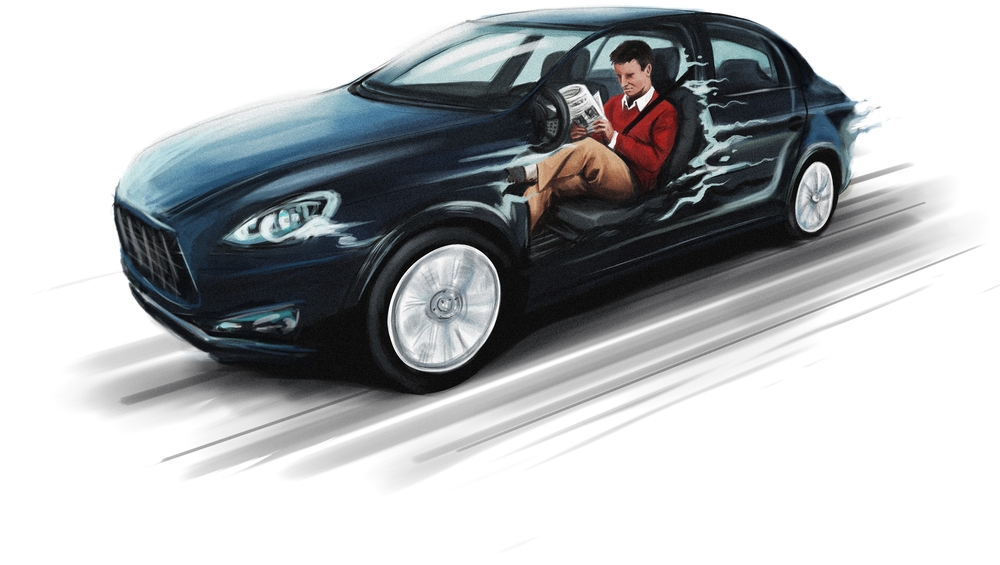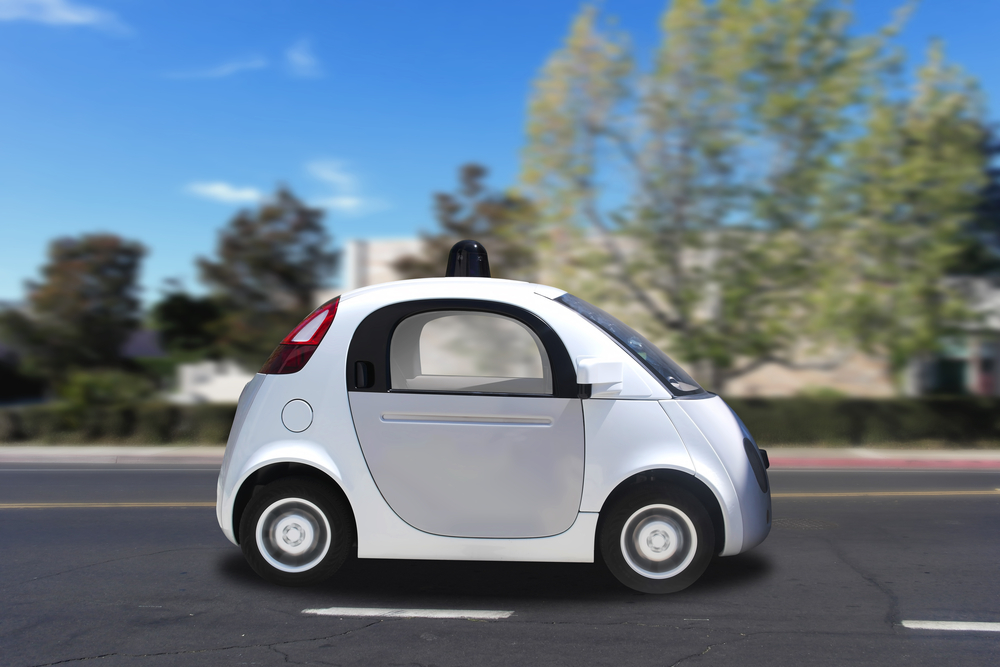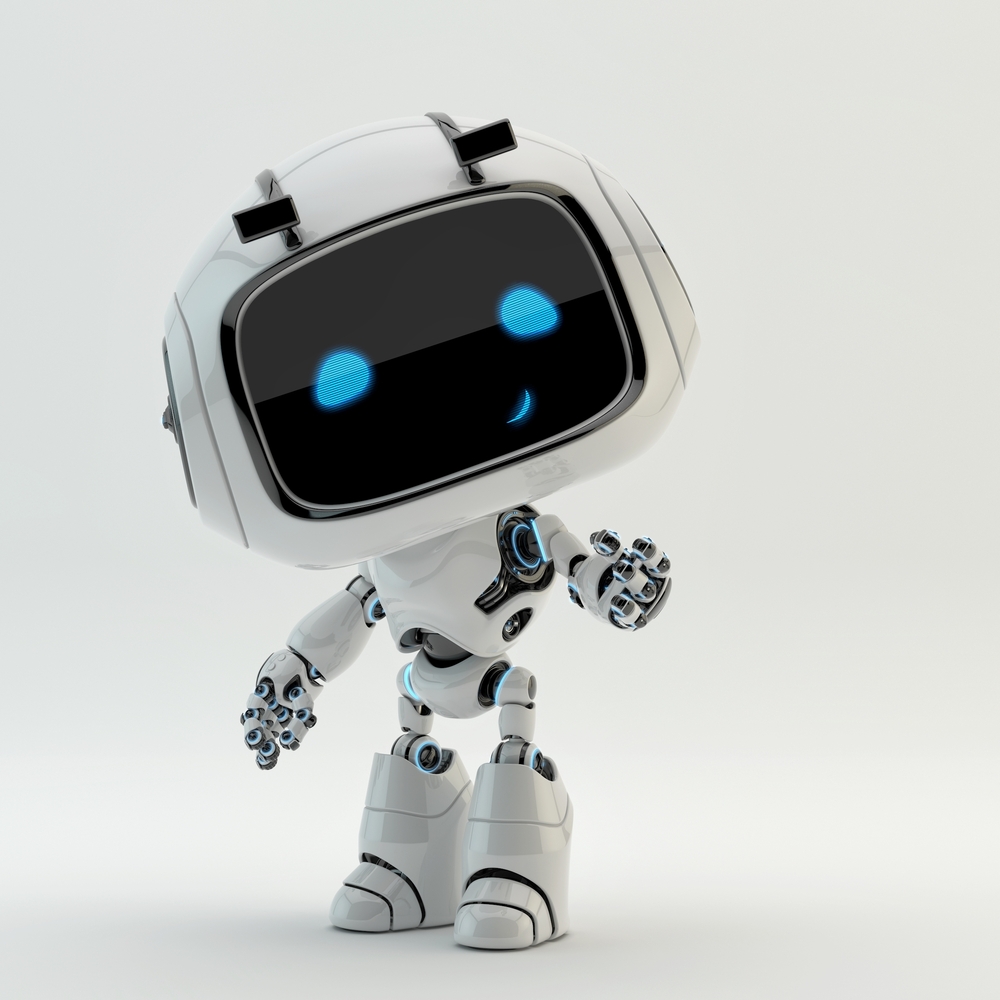California Robotaxi Accident Attorney Sebastian Gibson

California Robotaxi Accident Attorney Sebastian Gibson
For years, California Robotaxi Accident Attorney Sebastian Gibson has been at the forefront in discussing self-driving autonomous vehicle accidents on the internet and what it means not only for victims of self-driving vehicle accidents, but also for personal injury lawyers.
Today with robotaxis having already being tested on the roads for years, now being offered to the public and with more and more car manufacturers announcing their plans to build self-driving vehicles, robotaxis available where you live are just around the corner as are, unfortunately, robotaxi accidents.
California Robotaxi Accident Attorney Sebastian Gibson is ready to assist victims of robotaxi accidents when the day arrives that autonomous robotaxis obtain wide spread regulatory approval and are on the road throughout California. For while robotaxis may save lives, no one doubts that there will still be accidents involving robotaxis once they are widely in use.

California Robotaxi Accident Attorney Sebastian Gibson
Recent Developments
In two recent developments related to self-driving taxis, self-driving Waymo minivans are available now as of July 2019 on Lyft in Arizona.
In Paris, in time for the 2024 Paris Olympics, Paris hopes to be able to provide visitors arriving at Charles de Gaulle airport with self-driving flying taxis to transport the arriving passengers to one of 10 aerodromes in the region around Paris.
The entities involved in the project are Airbus, and the RATP regional transport which manages Parisian public transport services.
Tesla and Waymo Robotaxis Are Coming Soon To A Neighborhood Near You
In April 2019, Elon Musk predicted that Tesla will have one million robotaxis on the road in 2020. He went on to say, they won’t be in all jurisdictions since they won’t have regulatory approval everywhere, but he does expect such approval at least somewhere in 2020.
Elon Musk isn’t simply predicting robotaxis with drivers ready to take the controls. He is predicting that within two years Tesla will be making robotaxis without steering wheels or pedals and robotaxis being operated in 2020 with on one in them except for the robotaxi passengers.
While Wall Street remains skeptical, no one can deny that Tesla is benefitting from Tesla vehicles already on the road to improve its software. To be successful in its robotaxi venture, however, Wall Street feels Tesla would have to beat Nvidia in hardware, Google in their software and build a better ride-hailing service than the current ride hailing companies like Uber and Lyft.
Wall Street analysts have also suggested that removing safety drivers in robotaxis will take more years before such a driverless robotaxi service can be operated in such large scale as Tesla hopes to do.
However, analysts also feel that if Tesla does execute its plan for a wide scale driverless autonomous robotaxi service, combined with its EV technology, such a ride hailing service could give Tesla a huge advantage in EV autonomous vehicles in future years.
While some compare Elon Musk to P.T. Barnum, there is no denying his genius or his ability to turn a phrase, and a bold one at that. At his Tesla Autonomy Investor Day on April 22, 2019, Elon Musk stated that owning any car other than a Tesla in 3 years will be like owning a horse.
To quote Elon Musk, “If you buy a car that does not have the hardware for full self-driving, it is like buying a horse. And the only car that has the hardware for self-driving is a Tesla.”
Under the ride-hailing service envisioned by Elon Musk, owners of Tesla robotaxis may also be able to choose who can borrow their Tesla vehicles and additionally will be able to limit their availability to specific times during the day.
Waymo Robotaxis Are Already In Use. GM and Ford Fleets Are Also In The Works As Are Daimler, Volkswagen And Other Competitors
Besides Tesla’s plans to operate a ride-hailing service, GM’s Cruise, for instance, is planning to operate a ride-sharing company as is Zoox, a self-driving car startup.
The question, though, is whether consumers will feel confident to use an autonomous robotaxi when they need to be driven somewhere, or to buy them for their personal use with the possible advantage in the future of being able to allow them to be used as robotaxis when they’re not using them at work, at home or while at college.
With the billions being spent by car manufacturers like Tesla, GM and Ford and with other vehicle manufacturers spending billions more on self-driving technology, it’s clear these auto, SUV and truck manufacturers believe the answer to that question is, “yes.” If the technology can be perfected to make autonomous robotaxi vehicles safe, consumers ever more conscious of their spending will find robotaxis and vehicles they can both use themselves and also allow them to be used as robotaxis when they’re not using them, will find them attractive.
After an accident in which an Uber vehicle driving in autonomous mode was involved in a fatal pedestrian accident in 2018, however, Uber’s testing program, was suspended by the Governor of Arizona.
Waymo, a subsidiary of Google’s parent company, Alphabet, meanwhile has been testing their autonomous ride-hailing brand to compete with Uber and Lyft in and around Chandler, Arizona. However, Waymo’s vehicles have had their tires slashed and been pelted with rocks by locals unhappy to have Waymo’s cars being tested on their roads with the safety of locals being part of the test.
If this shows anything, it’s that consumers will have a very small tolerance for failure, which in this case, is anything other than complete safety and an absence of any fatalities involved in the use of robotaxis.
Consumers aren’t just worried whether such vehicles will be allowed before they’re completely safe, they’re also worried what effect of self-driving technology and driverless cars will have on their jobs. Trucking and logistics employees fall into that category of people worried about their jobs when autonomous vehicles are expanded to big rig and other heavy duty trucks for which there is currently a shortage of drivers.
In December 2018, Waymo announced Waymo One, their self-driving ride-hailing service in the Phoenix metro area of Arizona. Waymo expects to expand it both nationally and internationally.
Waymo’s plan is reportedly to continue to use volunteers to test their vehicles and to gradually introduce their self-driving cars to different areas before their service is ready to be widely available to the public. Waymo wants to avoid bad press that results from avoidable crashes which could set their program back by years. By the time Waymo is a recognized name like Lyft and Uber, Waymo hopes to have tested nearly every road that’s already been mapped by Google in detail.
Waymo has already received approval to begin testing cars without backup drivers in the Silicon Valley in California as well where Tesla’s Autopilot team is also based. Waymo expects to begin selling rides to customers gradually in more areas, but before that produces significant income for the company, Waymo may make even more money by and licensing its LIDAR laser sensor technology to companies who won’t compete with its robotaxi business.
What Is The Best Technology for Robotaxis?
It’s been reported that autonomous vehicles utilizing self-driving technology can still be confused. They can allegedly be confused by things as common as a rainstorm.
Nearly every company developing autonomous vehicles plans to use some combination of either radar, ultrasound, or LIDAR laser sensors. That is, except for Tesla.
“Anyone relying on LIDAR is doomed,” Elon Musk has said. “LIDAR is a fools errand,” in the words of Elon Musk.
Elon Musk believes the expensive LIDAR sensors are unnecessary, even ridiculous when Tesla sees its cameras as the key to the future. Tesla currently uses a combination of GPS, maps, radar and ultrasonic sensors, though not LIDAR. Instead, Elon Musk sees a future where cameras will be able to best see through adverse weather conditions such as rainstorms.
Proponents of LIDAR on the other hand believe the laser sensor system can see through weather conditions better than cameras, at least existing camera systems. The future will tell who is right.

Remote Control is The Plan for Robotaxis That Malfunction
What will happen when a robotaxi malfunctions? Who will take control of the vehicle? Who will be there to exchange information with the operators of other cars involved in a crash or communicate with the police?
One plan is for teleoperators to be stationed in some type of robotaxi command center far away from the scene of the accident. But that raises other questions. Will the teleoperators be sufficiently trained and knowledgeable in the laws of the state in which the accidents occur? Will their command center even be within the U.S.? And how many robotaxis will one teleoperator safely be able to watch and be ready to takeover their controls or deal with an accident when they malfunction?
In-Ride Entertainment and Advertising Will Be In Robotaxis
If you thought your ride-hailing ride in an autonomous vehicle would be provide you with peace and quiet for your journey, think again. Expect in-ride entertainment, advertising and perhaps even video on demand for longer journeys.
Call California Robotaxi Accident Attorney Sebastian Gibson For Immediate Help
The future in which robotaxis can be hailed from every street corner is fast approaching, faster than nearly everyone predicted. There will be numerous companies offering driverless robotaxis, possibly with different technologies, and likely all with in-ride entertainment and advertising to make the companies more money, and your ride either more enjoyable, annoying, or simply as a means to take your mind off the fact that there is no driver in the car or van in which you’re a passenger.
There will be accidents. Count on it. And every time there is an accident, consumers will be a little more wary before getting into a robotaxi, at least for a short while. But California Robotaxi Accident Attorney Sebastian Gibson will be ready to speak to you about your accident, whether it occurred in Palm Springs or Palm Desert, Newport Beach or elsewhere in Orange County, or anywhere in California and to assist you with your injuries.
California Robotaxi Accident Attorney Sebastian Gibson has over 40 years of experience and has been named a Top Lawyer by the prestigious Palm Springs Life magazine for 12 years in a row. He’s also been awarded a ranking of “Superb” by Avvo (their highest category) which ranks Attorneys all across the nation.
If you’ve been injured in a robotaxi accident anywhere in California, call California Robotaxi Accident Attorney Sebastian Gibson today at (760) 776-1810. Robotaxi accidents in California will be complicated to handle. The Right Choice for all your questions is California Robotaxi Accident Attorney Sebastian Gibson.




